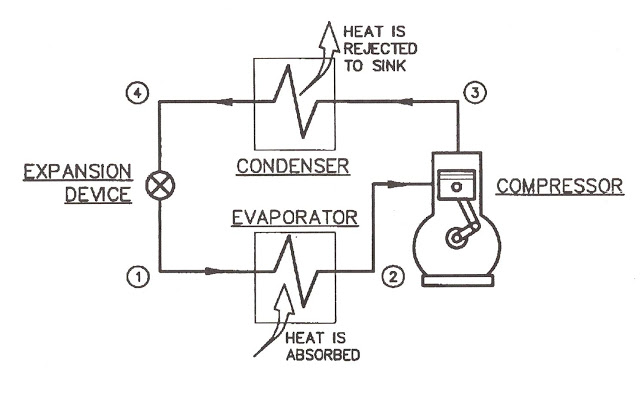Marine refrigeration is a process used to cool or freeze food and other perishables aboard ships and boats. Marine refrigerators work by circulating a coolant through a system of coils or plates to remove heat from the air inside the fridge.
Most marine refrigerators use either Freon or ammonia as their coolant. Freon is a chlorofluorocarbon (CFC) that was once widely used as a refrigerant but has been phased out due to its harmful effect on the ozone layer. If you want to buy marine refrigeration you can order from visit https://yachtaidmarine.com/.

Image Source: Google
How does marine refrigeration work?
The refrigerant is typically circulated through a closed system of coils or pipes, and as it absorbs heat from the space or material it is cooling, it vaporizes. The vapor then travels to the compressor, where it is compressed and cooled.
The different types of marine refrigeration
There are many different types of marine refrigeration systems, each with its unique benefits and drawbacks. The most common types of marine refrigeration systems are:
1. Absorption Refrigeration Systems:
Absorption refrigeration systems use a heat source to generate the cooling effect, making them very energy efficient.
2. Compression Refrigeration Systems:
Compression refrigeration systems use a compressor to pump refrigerant gas around a closed-loop system.
3. Cascade Refrigeration Systems:
Cascade refrigeration systems use two or more different types of refrigerant gas to achieve a broader range of temperatures.
The benefits of marine refrigeration
If you’re in the market for a new boat, you’ve probably come across the term “marine refrigeration.” Marine refrigeration is a specialized form of refrigeration that is designed to withstand the harsh conditions of the marine environment.
There are many benefits to choosing a marine refrigeration system for your boat. Marine refrigeration systems are more energy-efficient than traditional refrigeration systems, and they are also much quieter.
/cdn.vox-cdn.com/uploads/chorus_image/image/51867435/Eli_Preferred_Headshot.0.jpeg)